-
Windows
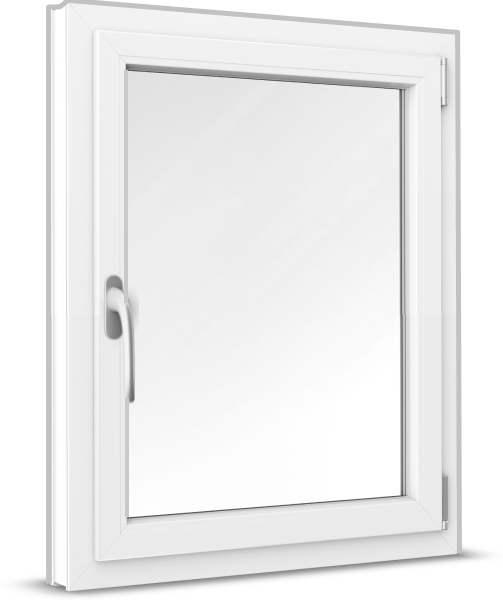 Windows
Windows
-
French Doors
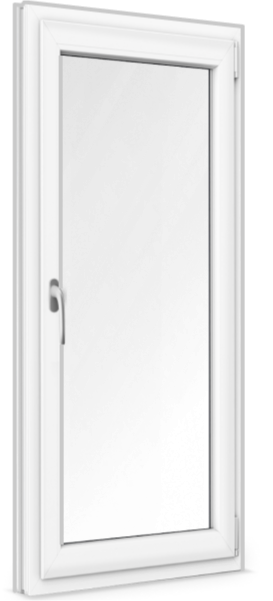 French Doors
French Doors
-
Patio Doors
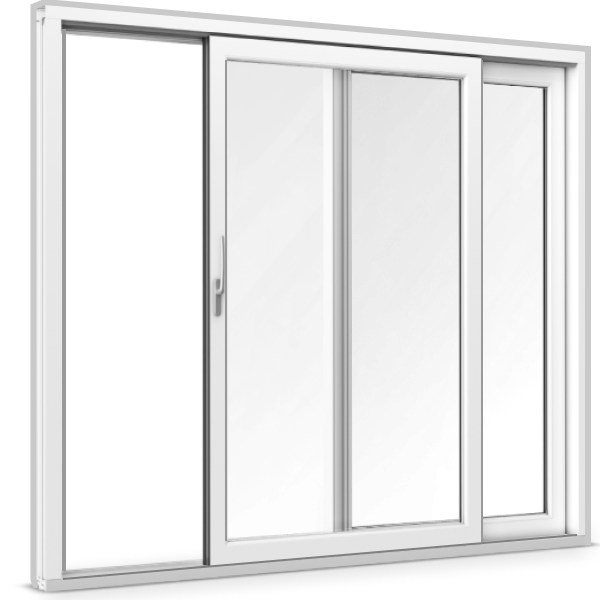 Patio Doors
Patio Doors
-
Front Doors
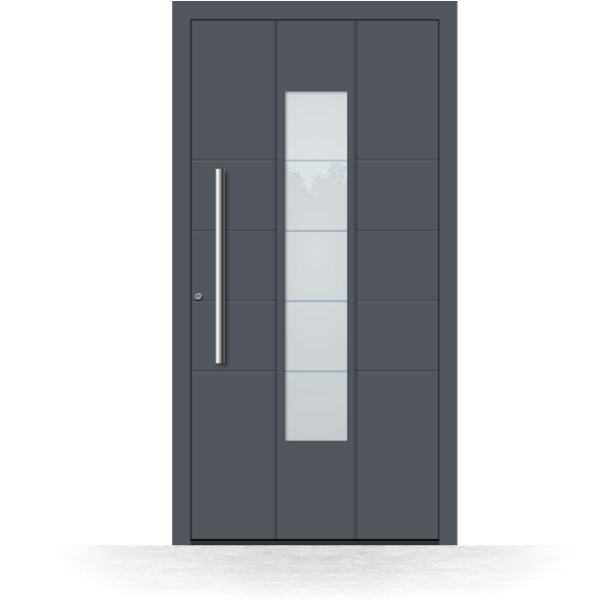 Front Doors
Front Doors
-
Roller Shutters
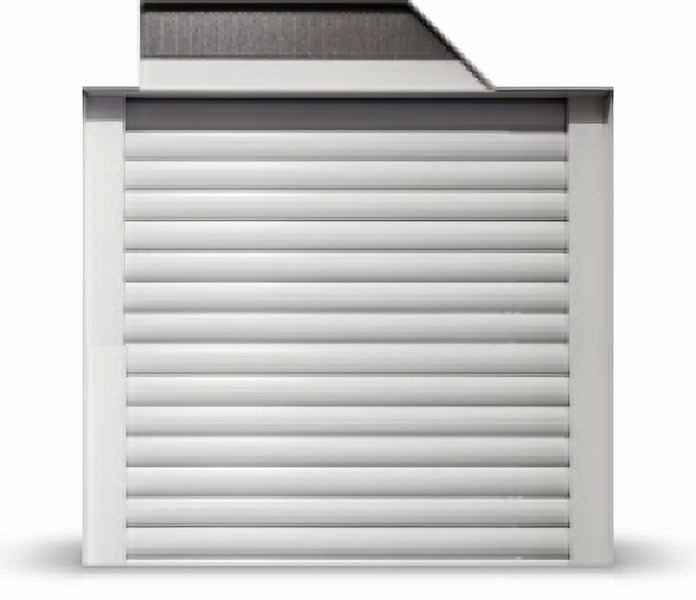 Roller Shutters
Roller Shutters
-
Window Sills
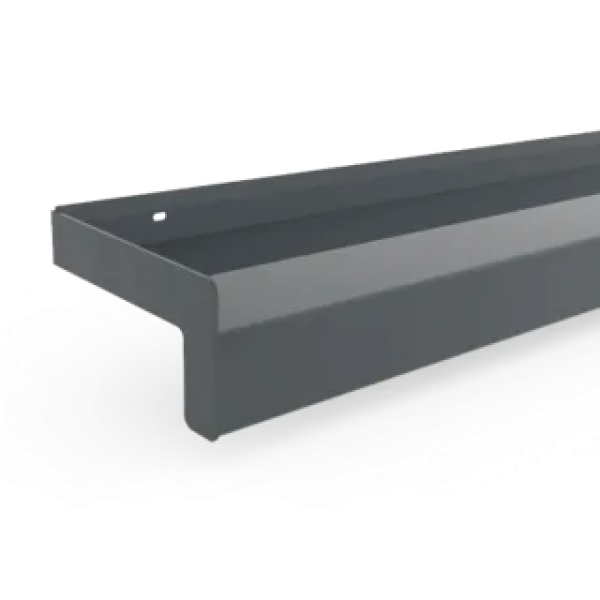 Window Sills
Window Sills
-
Sign in
Contact us
Safety glass for windows and doors is designed to fulfill three requirements. First, it must resist impacts and be stronger than standard glass. Second, it must be clear and maintain visibility. Third, if broken, it must break in a way that minimizes or eliminates danger to people. This means no sharp edged pieces and hazardous large shards. This does not include bulletproof glass which uses different materials and construction methods. There are to types of safety glass.
Tempered safety glass for windows and doors consists of a single piece of annealed glass which is heated up in a furnace to over 600 °C or 1,148 °F and then quickly cooled down. A chemical process is used for applications such as glasses and safety goggles. The main benefit of tempering glass, aside from increasing strength, is that it shatters into tiny harmless pieces, similar to transparent pebbles. This considerably reduces the possibility of injury. We offer tempered glass in 8mm thick panes, either on the inside, outside or both.
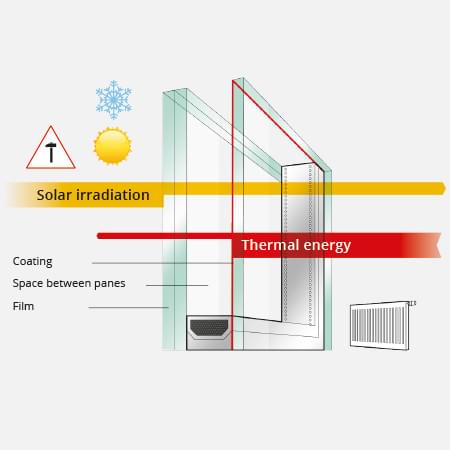
Laminated glass is made from two sheets of glass that are pressed and bonded together under heat. A thin layer of clear plastic material, either polyvinyl butyrate or ethylene-vinyl acetate (EVA), is sandwiched between them, finishing the lamination. This thin film is what prevents shattering into tiny pieces and gives it the typical spiderweb pattern when cracked. It can often be found in car windshields or homes in areas requiring hurricane proof and storm windows. Laminated safety glass is generally fitted on the exterior facing side of the window. We offer 8 mm laminated glass options for both the inner and outer panes of your window.
Impact resistant glazing is divided into 3 categories A1, A2 and A3 as defined by German standard DIN 52 290 Part 4 (similar to GB BS 5051 ). Impact resistant glazing is a special form of laminated safety glass and is tested by subjecting it multiple impacts. This entails a 4.1 kg (9 lb) metal ball with a 10 cm diameter (~4 inches) falling onto it from several different heights. The ball is dropped onto the glass pane three times. For A1, the drop height is 3 meters (10 ft). For A2, it is 6 meters (20 ft) and for A3, 9 meters (30 ft.) Impact resistant glazing is typically used for protection against burglary. A1 is recommended for use in residential areas such as suburbs. A3 Glass is used for detached residential properties with valuable contents or for isolated areas and second homes. With little difference in price between A2 and A3 glass, we offer only A1 and A3 glass.
Modern laminated glass was first produced in the 1930s and has since become standard across the world for applications such as automobiles, skylights, bathrooms, storm windows and eye protection. Additionally, the same properties that make it beneficial for safety applications make it ideal for security. Regardless of whether the situation is accidental or intentional, its high impact resistance, difficulty of penetration and ability to stay intact despite puncture make it perfect for both. Vinyl windows glazed with laminated glass present a much greater challenge than ordinary glass for potential intruders. Since the window pane is typically the weakest link in a home's security, it makes sense to install at least A1 level glass on ground floor homes. For higher performance or more crime prone areas, A3 is an even better choice.